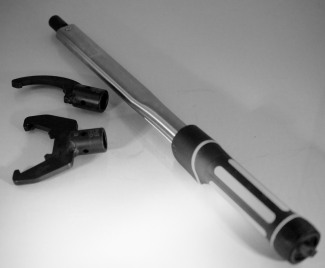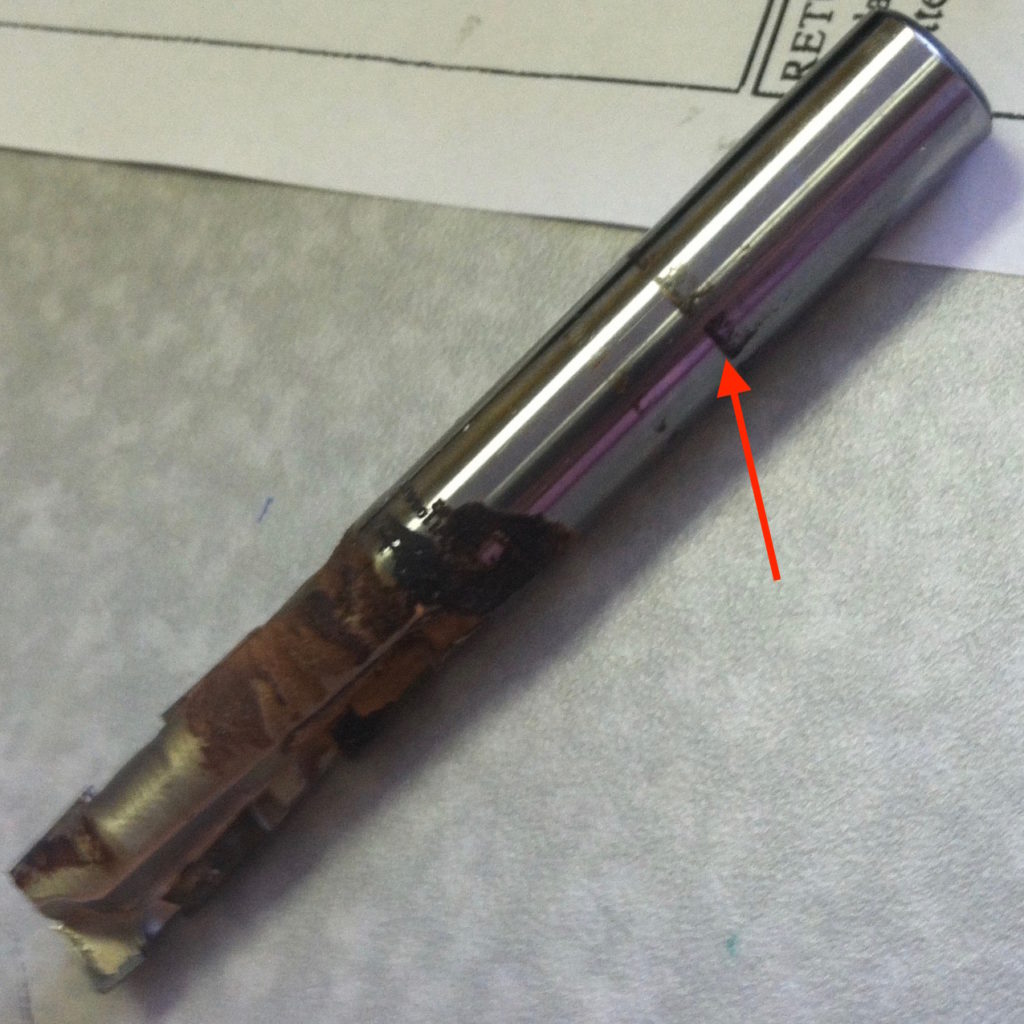Torque Wrench Insures Proper Tool Clamping
Proper tool clamping is an essential component of the tool assembly and performance. Over-tightening the collet nut can lead to collet distortion, tool runout and breakage, while not tightening enough can lead to tool slippage or worse. The best solution to avoid either scenario is to use a torque wrench which will provide an accurate torque measurement when tightening the collet nut and insure that the tool is securely positioned in the tool holder.

The torque wrench consists of a spanner wrench handle and a collet key that correlates to the collet style being used. The collet key is interchangeable, so that if multiple collet styles are in use, only one torque wrench is required with the respective collet keys needed. The appropriate clamping torque recommendations for the most popular collets used in wood and plastics machining are as follows:
- RDO35 (SYOZ25) collets 90ft/lbs
- ER 32 collets 100 ft/lbs
- ER 40 collets 130 ft/lbs
Always position the tool correctly inside the collet, i.e. do not allow any part of the cutting flute to be inside the collet. Make certain that not morea 1/4″ of the shank is sticking outside the collet for good chip removal. The below photo shows a tool that was clamped improperly, and also used under the incorrect feed/speed, as evidenced by the “caked on” saw dust. The collet marks (red arrow) on the shank indicated vibration during the cutting process as well as confirms that the tool was clamped incorrectly, i.e. too high on the shank, which likely caused deflection and resulting vibration.

In addition to proper torque and correct clamping, ensuring the concentricity of cutting tools depends on a number of factors:
- Quality and Precision of the cutting tool
- Quality and Precision of the clamping system
- Balancing accuracy
- Condition of the machine spindle
- Characteristics of the material being machined
- Tool projection length from point of clamping
Under European Norm Safety Standards (EN 847-2), there is a minimum amount of the shank that must be inside the collet/tool holder when setting up cutting tools. This ensures safe operation, and this safety guideline should never be ignored.
| SHANK DIAMETER | MINIMUM CLAMPING LENGTH |
| 6-10mm, 3/8″ | 20mm |
| 12mm | 24mm |
| 1/2″ | 1″ |
| 14mm | 28mm |
| 16mm | 32mm |
| 3/4″ | 1.1/2″ |
| 20mm | 49mm |
| 25mm | 45mm |
For more information on tool holders check out this article on the importance of using a ball bearing collet nut. All GUHDO tool holders are bi-directional and they come standard with a ball bearing collet nut. For more information on proper tool clamping, contact us now for more information.
